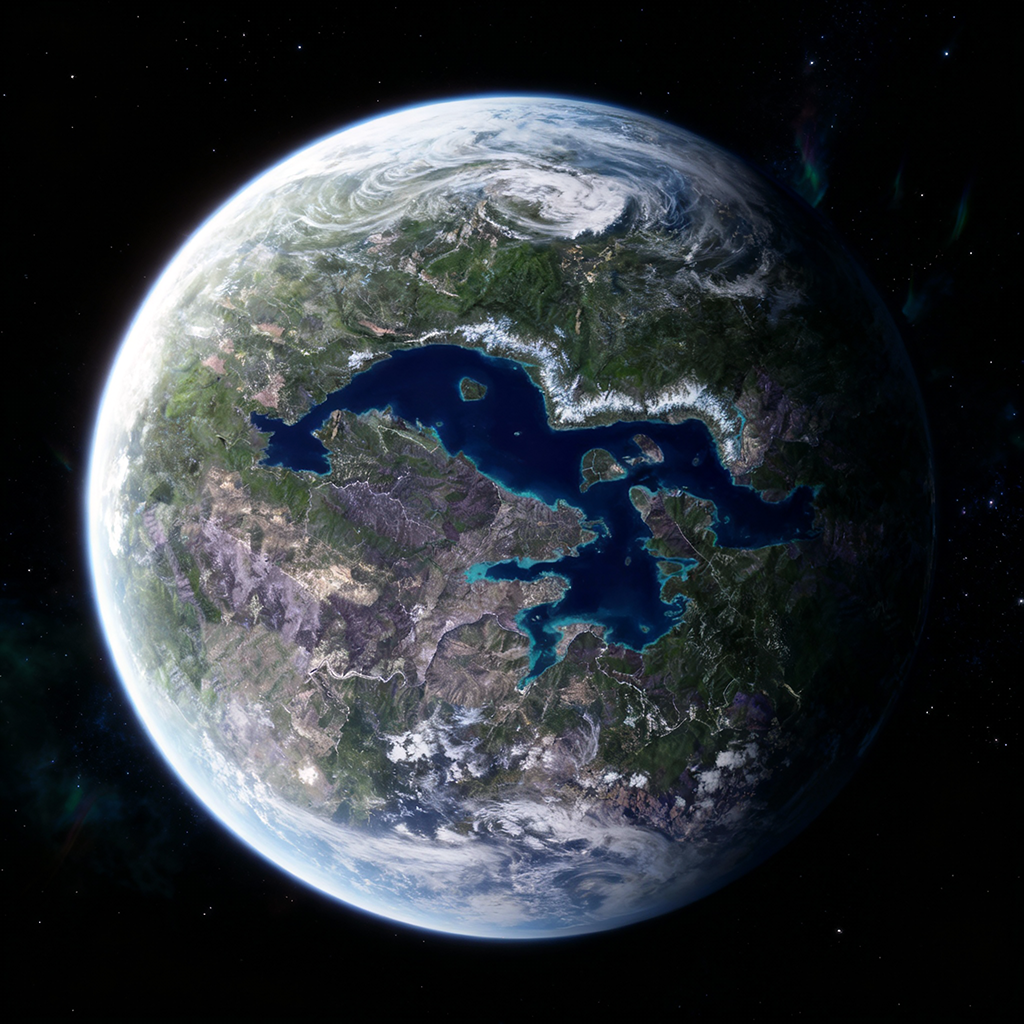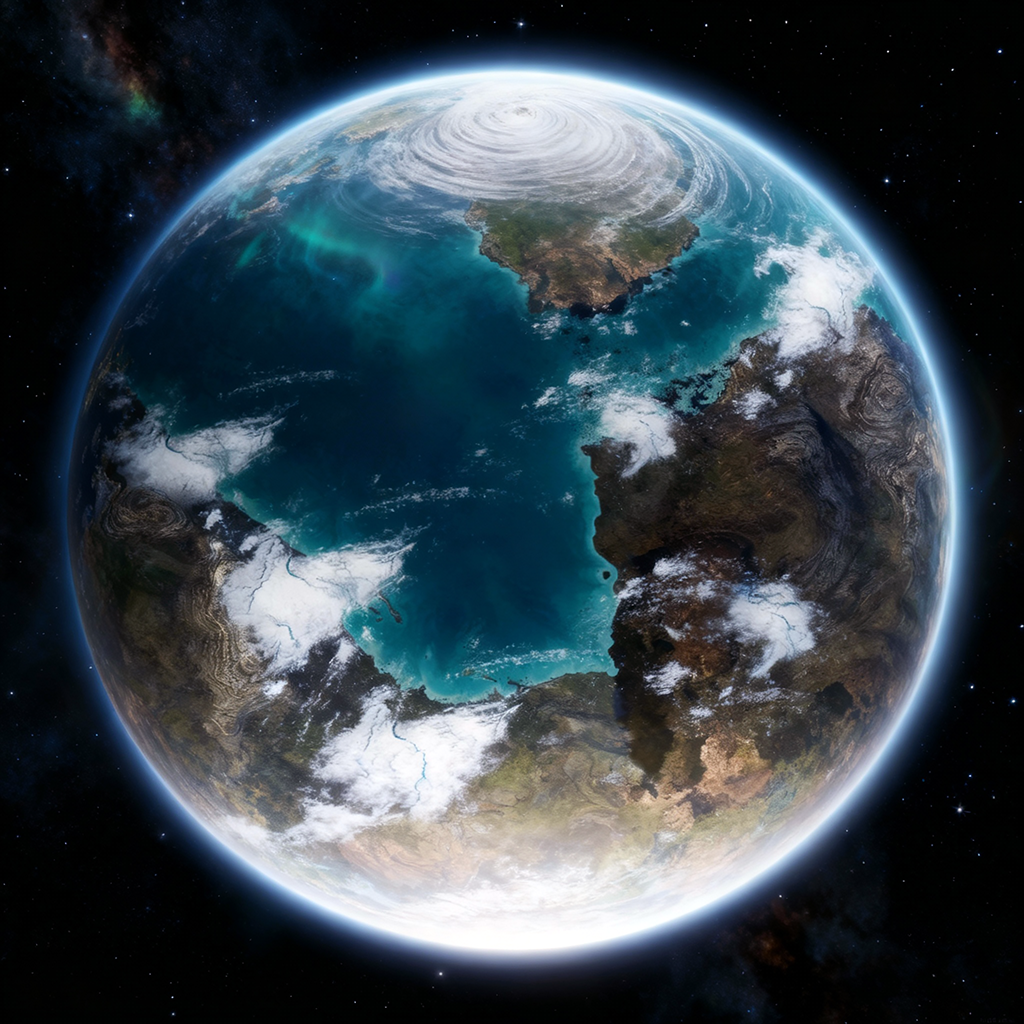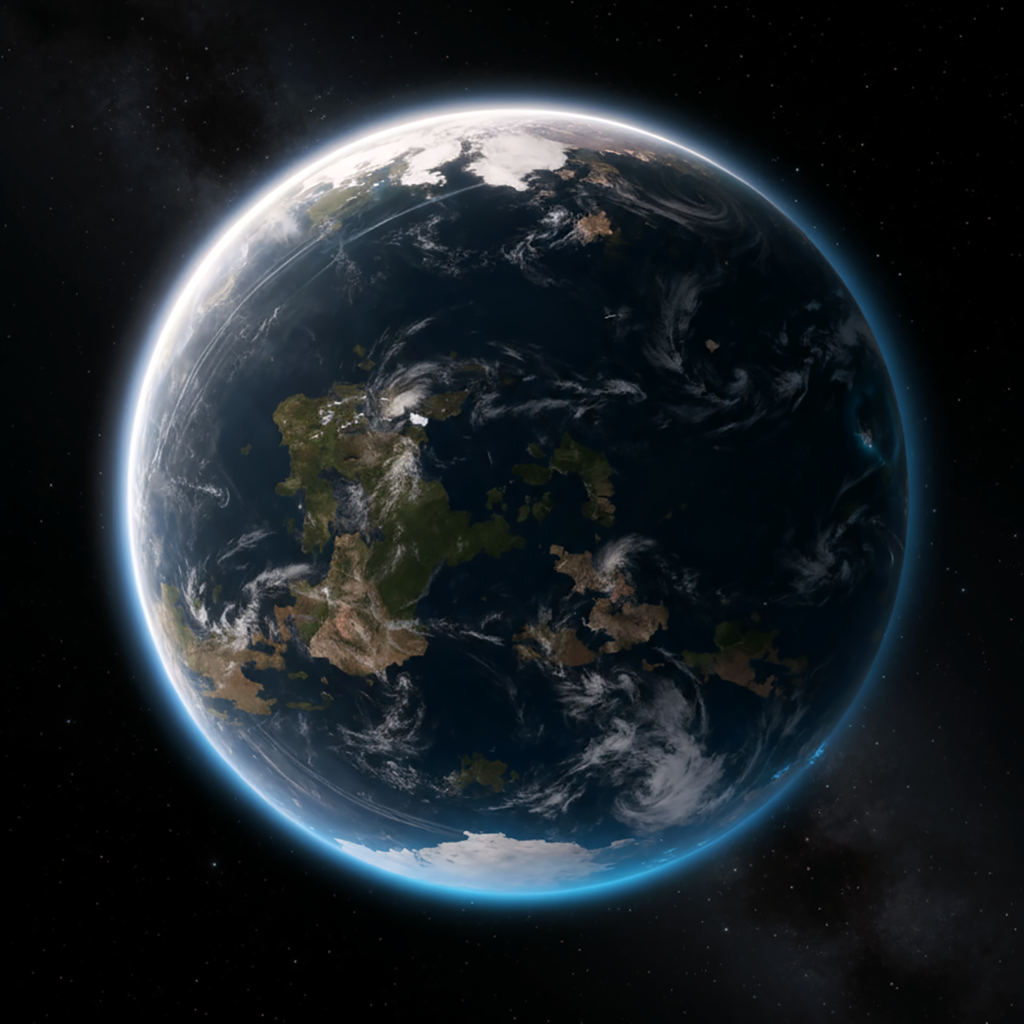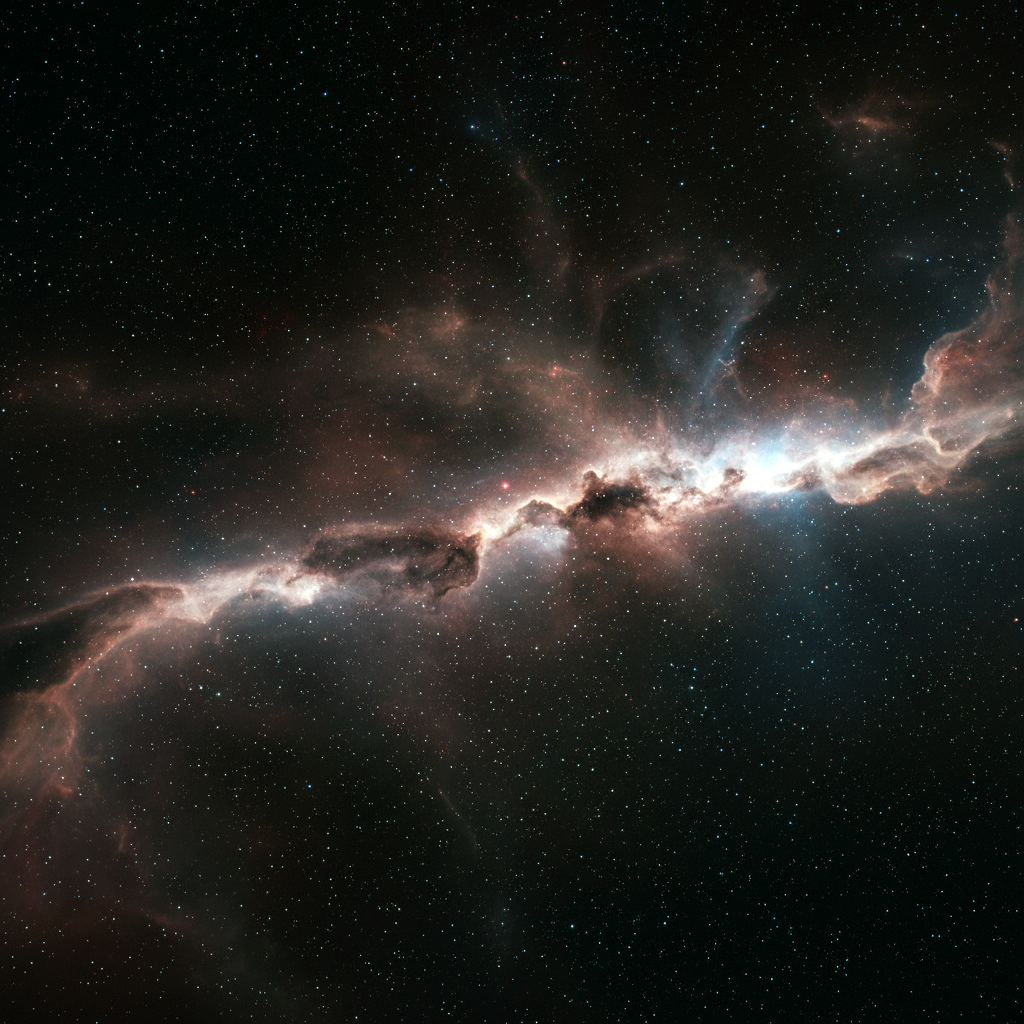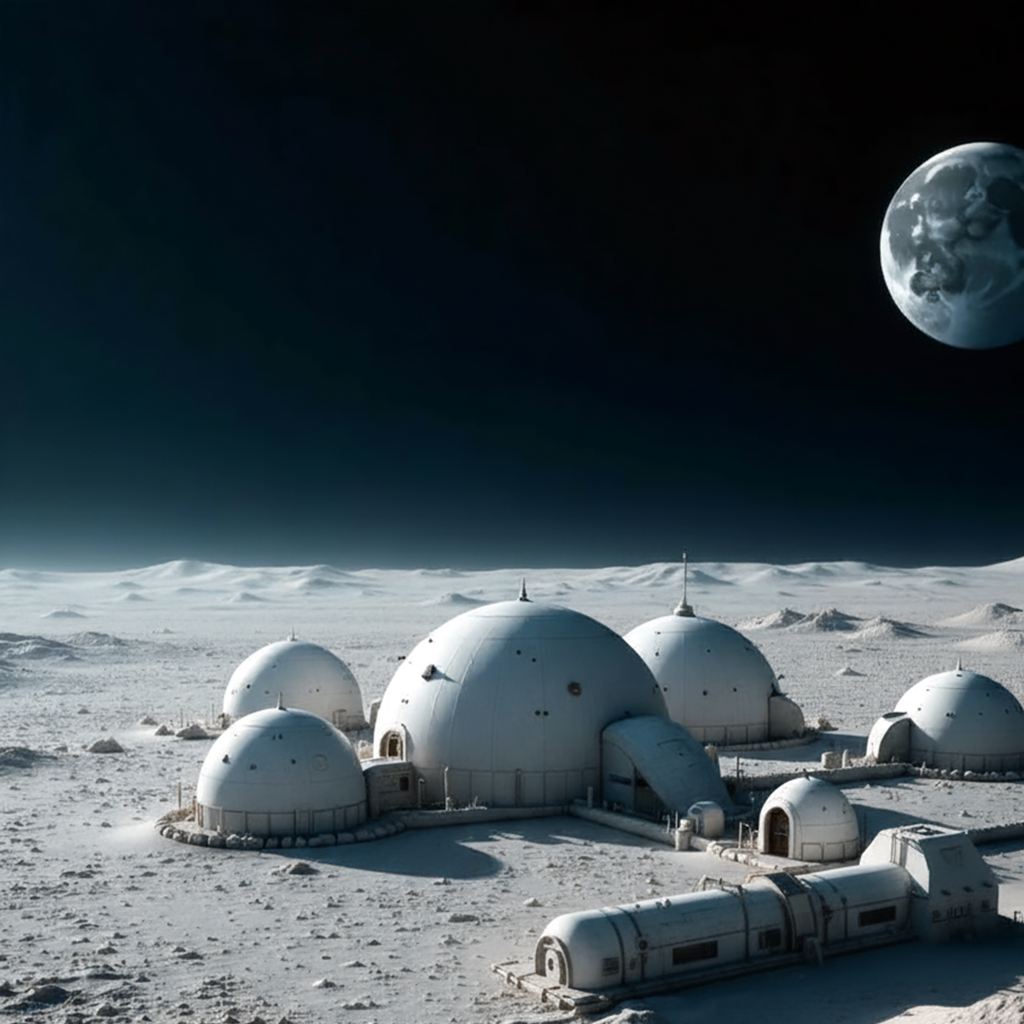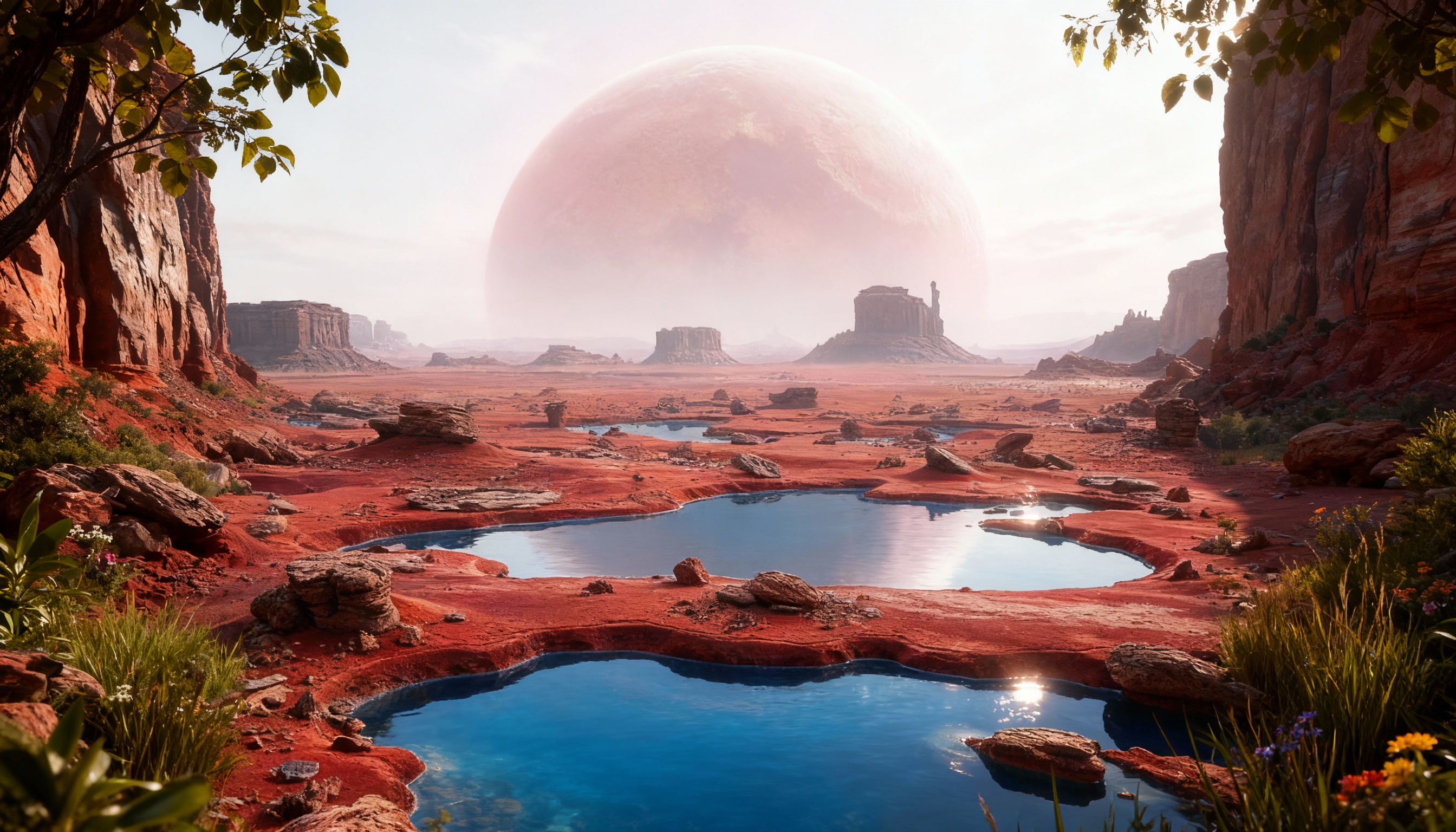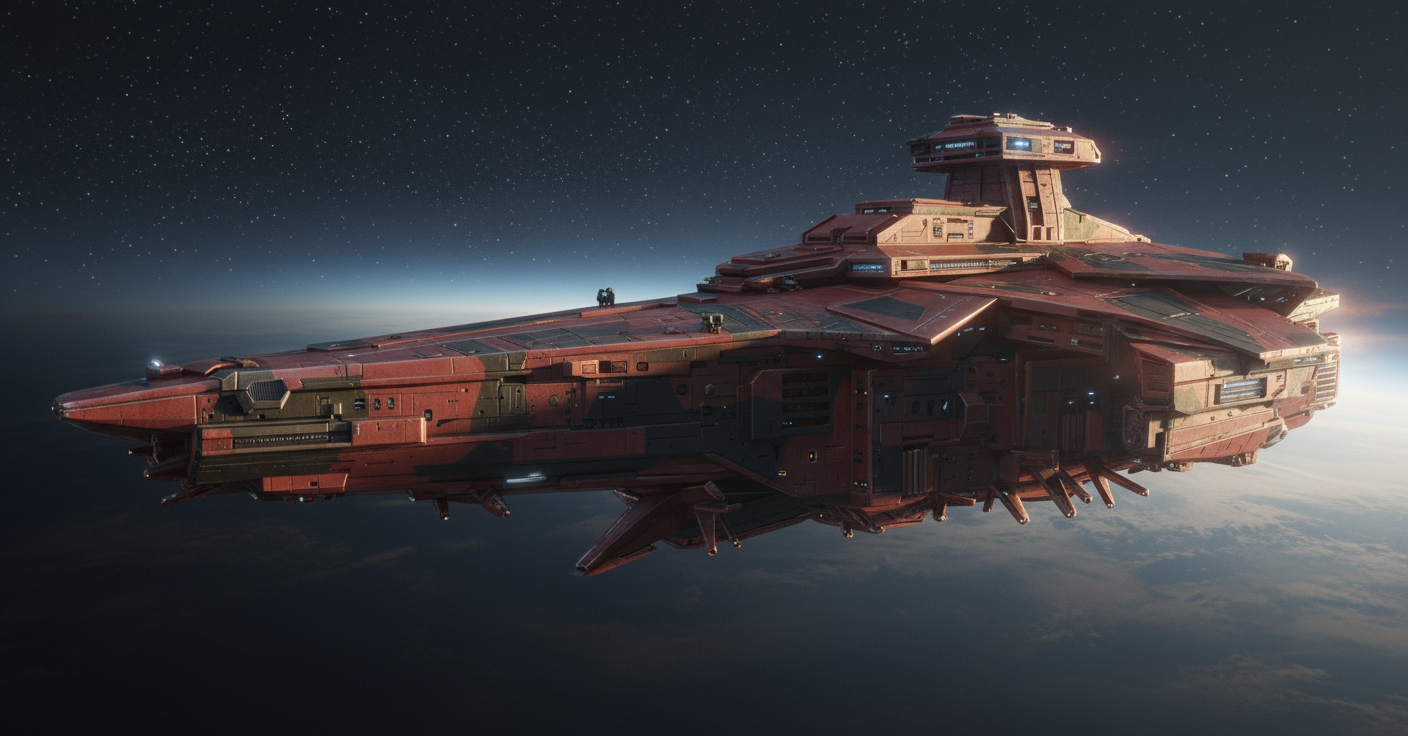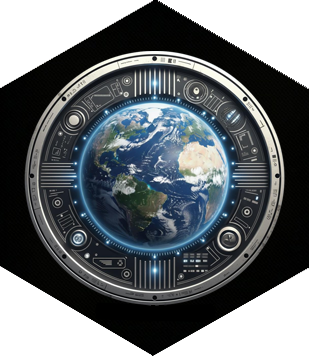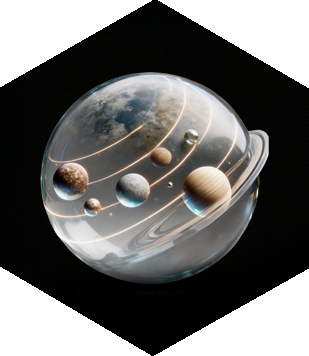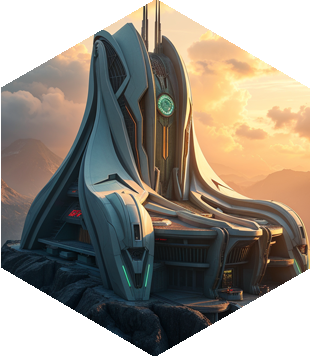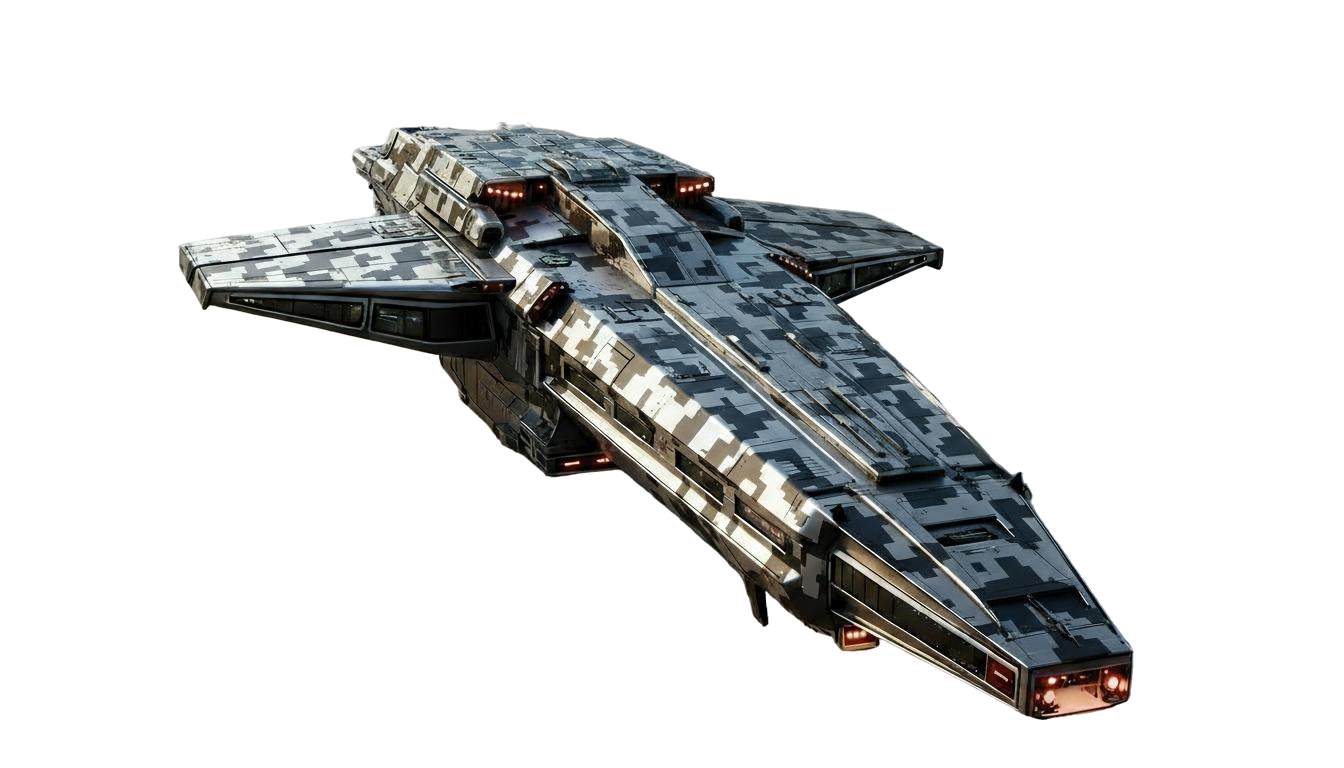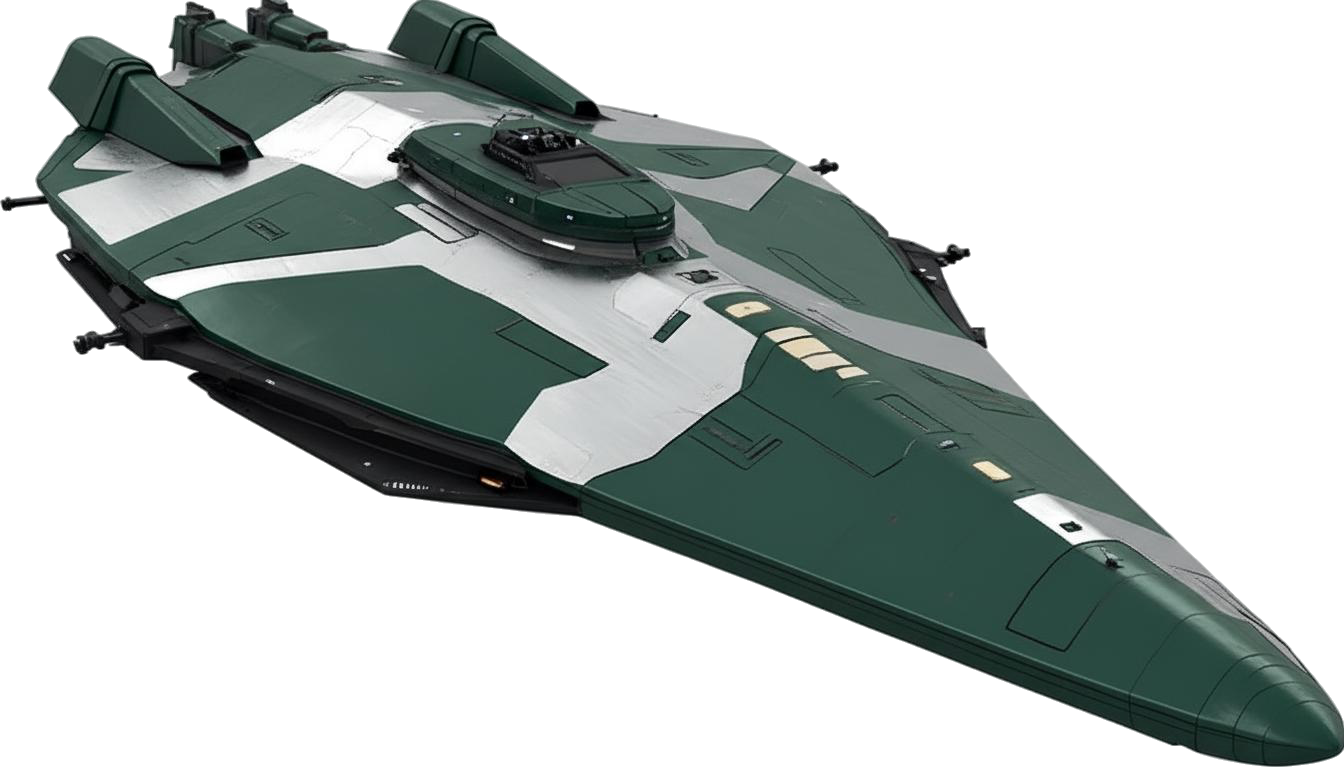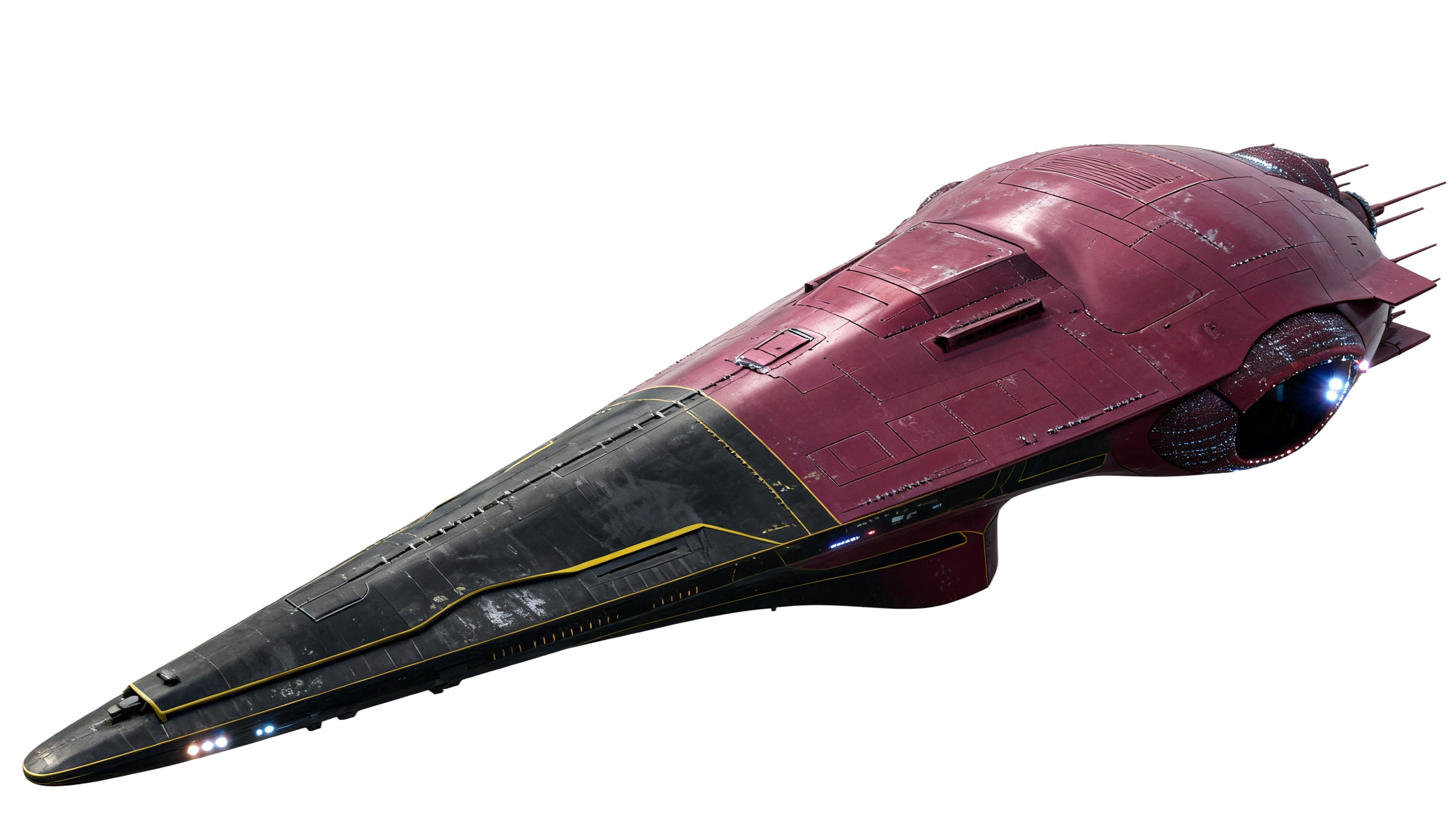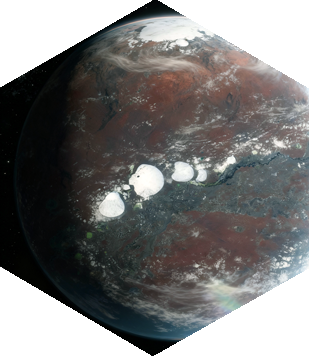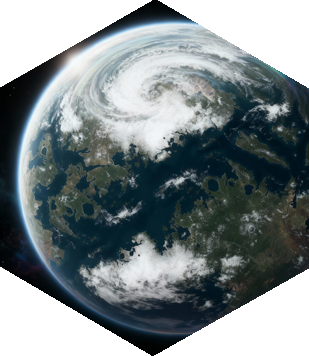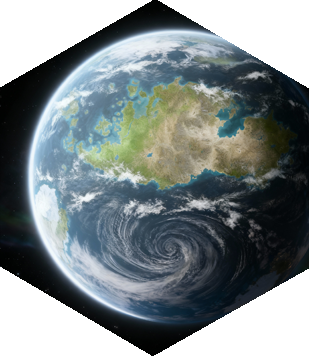Pace
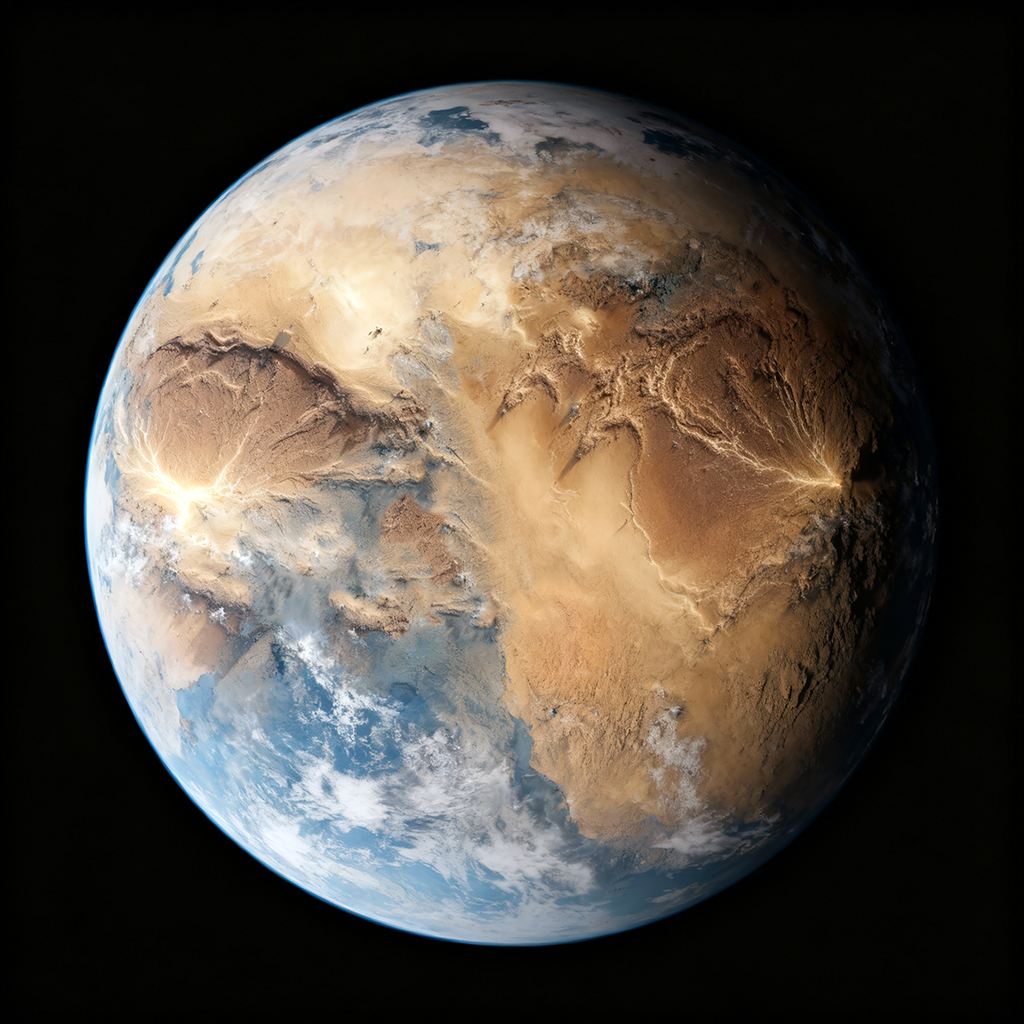

Introduction
Pace, located in the Gliese 144 system, is one of the European Union’s most remarkable colonial successes. Initially dismissed as an arid and unpromising world, the planet’s hidden habitability was revealed during an EU expedition in 2151. The arrival of the first colonists in 2179 marked the transformation of this once-overlooked planet into a thriving and self-sustaining world—an enduring symbol of European exploration and adaptability.
Geography and Climate
Pace’s geography is dominated by a single massive supercontinent that spans nearly three-quarters of its surface, surrounded by vast oceans that temper its dry climate. The landmass is characterized by expansive deserts, rugged highlands, and deep tectonic basins shaped by ancient waterways. The planet’s surface alternates between pale, arid plains and darker upland regions, with coastlines cut by bays and gulfs where life clusters along the water’s edge.
The climate is predominantly dry, punctuated by violent seasonal storms that bring intense rainfall followed by long months of drought. These cycles of flood and desiccation shape both the ecology and the rhythm of human settlement. Rivers—broad, slow, and meandering—serve as lifelines across the continent, creating fertile belts of greenery amid the deserts. Frequent dust storms and shifting winds define the planet’s stark beauty and challenge human endurance.
Urban Development
The cities of Pace are masterpieces of adaptation to environmental extremes. Constructed atop elevated platforms rising between ten and thirty meters, they are built to withstand the planet’s periodic floods. The architectural style blends traditional European design with futuristic materials capable of enduring heat, sand, and heavy rainfall. Shimala, the first city, stands as a cultural landmark, while Monteceito—the capital—serves as the administrative and commercial hub. Today, seventeen major population centers are home to more than 200,000 residents spread across the supercontinent.
Biodiversity and Agriculture
Contrary to early expectations, Pace supports an extraordinary level of biodiversity. Over 130,000 species of flora and fauna have been cataloged, with an astonishing 48% of its tree species bearing edible fruit. More than 220 varieties of fruit are cultivated and consumed locally, forming the foundation of the planet’s agricultural economy. Automated fruit farms—spanning thousands of hectares—produce over a million tons of export-quality goods annually, making Pace a major contributor to the interstellar food supply across the Core systems.
Economic Development
The planet’s rapid economic growth led to the construction of the Soboloski Starport in 2208, now ranked as the fifth-busiest terminal in its sector. This vast complex manages the export of agricultural produce and the import of advanced materials and machinery essential to planetary growth. Beyond agriculture, Pace has developed a modest but vibrant cultural and educational sector. Landmarks such as the Galactic Termitel Museum highlight the planet’s native lifeforms, while the Hammond Holographic Opera House showcases cutting-edge holographic performances that attract visitors from across EU space.
Culture and Lifestyle
Life on Pace revolves around a profound respect for nature and the environment. Outdoor recreation is deeply ingrained in the culture—fishing, hiking, and the planet’s unique sport of tree-jumping are favorite pastimes. Thousands of trails, observation posts, and natural campsites dot the landscape, offering residents and visitors the chance to explore the wild beauty of the planet. Although not a mainstream tourist destination, Pace’s serene environment and welcoming communities provide a peaceful retreat for travelers seeking solitude and authenticity.
Conclusion
Pace stands as a triumph of European ingenuity, transforming a harsh, desert world into a fertile and culturally rich colony. Its balance of advanced technology, ecological awareness, and community spirit exemplifies the European Union’s vision for sustainable extrasolar civilization. From its elevated cities to its sprawling fruit orchards, Pace represents the resilience and adaptability of humanity—an enduring beacon of achievement amid the stars.



